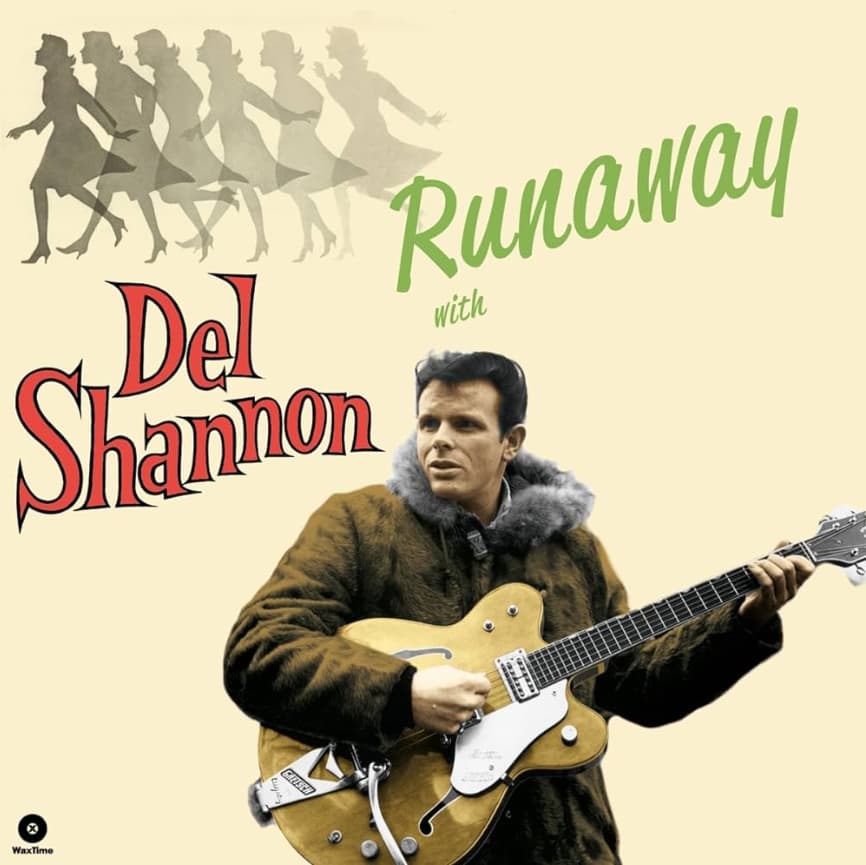
“Runaway” by Del Shannon: The Iconic 1961 Hit That Captured the World
In the early days of rock ‘n’ roll, few songs could capture the raw emotion and innovative sound of the era quite like “Runaway” by Del Shannon. Released in February 1961, this track quickly became a defining moment in music history, topping the Billboard Hot 100 for an impressive four consecutive weeks and securing its place as one of the year’s biggest hits. But what is it about “Runaway” that resonated so deeply with listeners then and continues to echo through the decades?
The song’s origins are as intriguing as its sound. Before he was known as Del Shannon, Charles Westover was a singer-guitarist performing with keyboardist Max Crook in a band called “Charlie Johnson and the Big Little Show Band” in Michigan. It was here that the seeds of “Runaway” were planted. Crook, a pioneer in electronic music, had created a unique instrument known as the Musitron, a clavioline-based keyboard that would become the signature sound of the song.
After a less-than-successful initial recording session in New York City, Shannon and Crook were persuaded by their manager to rework an earlier composition titled “Little Runaway”. This new version, recorded on January 21, 1961, at Bell Sound Studios in New York, was something special. With Shannon’s haunting vocals, Crook’s unforgettable Musitron solo, and a team of talented session musicians, the track was transformed into the “Runaway” we know today.
The song’s release was met with immediate success. “Runaway” not only topped the Billboard Hot 100 but also reached number one on the UK’s Record Retailer chart, and even peaked at number three on Billboard’s Hot R&B Sides. The song’s distinctive sound, driven by Crook’s Musitron solo, set it apart from other hits of the time, making it a standout track that captured the spirit of an era.
But “Runaway” was more than just a hit; it was a cultural phenomenon. Del Shannon‘s performance on Dick Clark’s American Bandstand on April 10, 1961, helped propel the song to even greater heights, solidifying its place in the hearts of millions. By the end of the year, “Runaway” had earned its spot as the No. 5 song on Billboard’s end-of-year “Hot 100” list for 1961 and was also ranked No. 9 on Cash Box’s “Top 100 Chart Hits of 1961”.
Over the years, “Runaway” has continued to receive recognition for its impact on music. It was placed at No. 472 on Rolling Stone’s list of the 500 Greatest Songs of All Time in 2010, a testament to its enduring appeal. The song’s innovative use of electronic instruments and its emotionally charged lyrics about lost love have made it a timeless classic.
In the landscape of early 1960s music, “Runaway” stands out as a track that not only defined Del Shannon‘s career but also pushed the boundaries of what rock ‘n’ roll could be. It’s a song that captures the feeling of desperation and longing in a way that few others have, and its influence can still be felt in music today. Whether you’re hearing it for the first time or the hundredth, “Runaway” remains a powerful and unforgettable piece of music history.